There's nothing like doing a deep cleaning of the entire house, tackling every room and what feels like every single inch of nasty germs — even that gunk hiding in the microwave.
All of this can be cleaned using a few great tips. And after you've finished tidying up, the feeling is incomparable to anything else: you feel pride, you feel relief, and you feel an overall sense of productivity.
But what if you only think you're getting all that's hazardous in your home, when really you're just skimming the surface?
Many homeowners have absolutely no idea how dangerous some areas of their homes really are due to hidden chemicals that can cause unknown damage until it's too late to reverse.
But have no fear, we're here to help! Read on for 10 top chemicals and minerals in your home that you should be aware of, and also how to deal with them so you're not putting yourself or your family at risk.
Did we miss any important dangers that you happen to know of? Let us know in the comments, and please SHARE with your family and friends to help them as well!
Thumbnail sources: Flickr / Ben Babcock, Flickr / darkday
1. Flame-Retardant Chemicals In Couches

Massive amounts of these chemicals are found in household dust, according to Silent Spring Institute, and commonly live on furniture — along with carpet flooring and various electronics. Flame retardants can increase the chances of a wide range of issues, from infertility to thyroid problems and learning disabilities.
To minimize these side effects, be selective when you're choosing your carpets, bedding, and furniture pieces, making sure they're made from naturally flame-resistant materials.
2. Phthalates In Food-Storage Containers
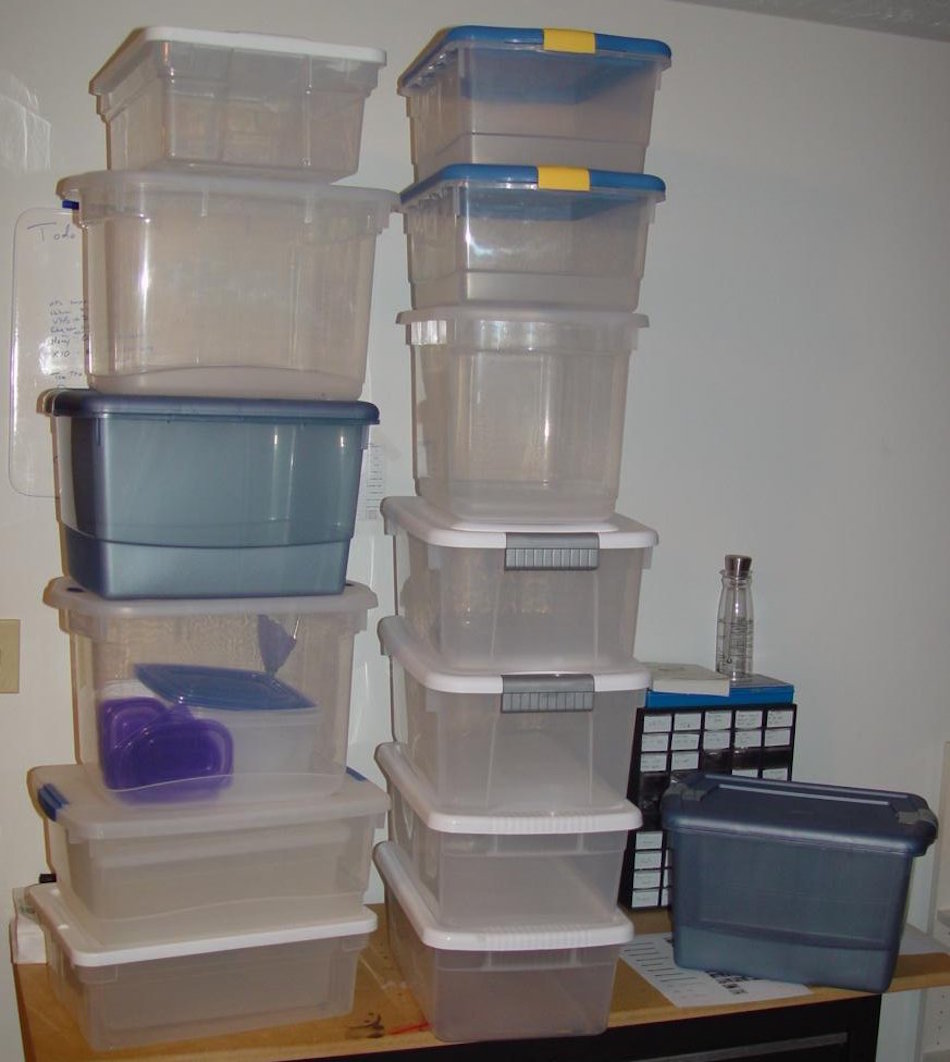
This is another chemical commonly found in dust samples, but it exists in other parts of home life — plastic food containers and bottles being most common, according to The Huffington Post. However, the presence of phthalates goes well beyond this, and has been found on beauty and hair products, vinyl flooring, and plastic items in general.
It may sound like this chemical is impossible to destroy because of its quantity, and in reality, it actually is. But ways to avoid it as much as possible are to steer clear of plastics when possible, know what is in your fragrances, and by eating organic. (Yes, it can be found on food, too.)
3. Asbestos In The Walls

If you've got an old home built sometime between the early 1940s and the 1970s, you better pay attention: Your house might contain heavy amounts of asbestos, according to This Old House. During this time, inexpensive materials that ended up being toxic were used for constructing houses, which increase chances of damaging lung tissue and causing cancer.
It's important to look into treatments immediately. There are many different methods available that can either seal or cover asbestos, and also larger processes that can remove it entirely.
4. Bisphenol A In Plastic Water Bottles

This chemical has become fairly well-known over the years, especially when it comes to purchasing safe water bottles and tupperware, according to WebMD. Bisphenol A, also known as BPA, can increase the risk of several issues — male infertility, diabetes, and heart disease, to name a few.
The simplest way to avoid BPA is to look for "BPA-Free" on plastic water bottles and containers. Now that so many people are aware of this hazardous chemical, many companies have adapted to the concern and now make safe products instead.
5. Volatile Compounds In The Air

This dangerous compound is airborne and is especially found in kitchens, basements, and laundry rooms. Ingredients that leak from cleaning bottles become a gas in room temperature, which is exactly why those specific rooms are more prone to the chemical, according to Rodale. This can cause severe asthma and increase the risk of lung cancer.
Simply be cautious when it comes to buying cleaning products, looking out for certain ingredients that are listed on the government's Household Products Database.
6. Perc In Fabric Products
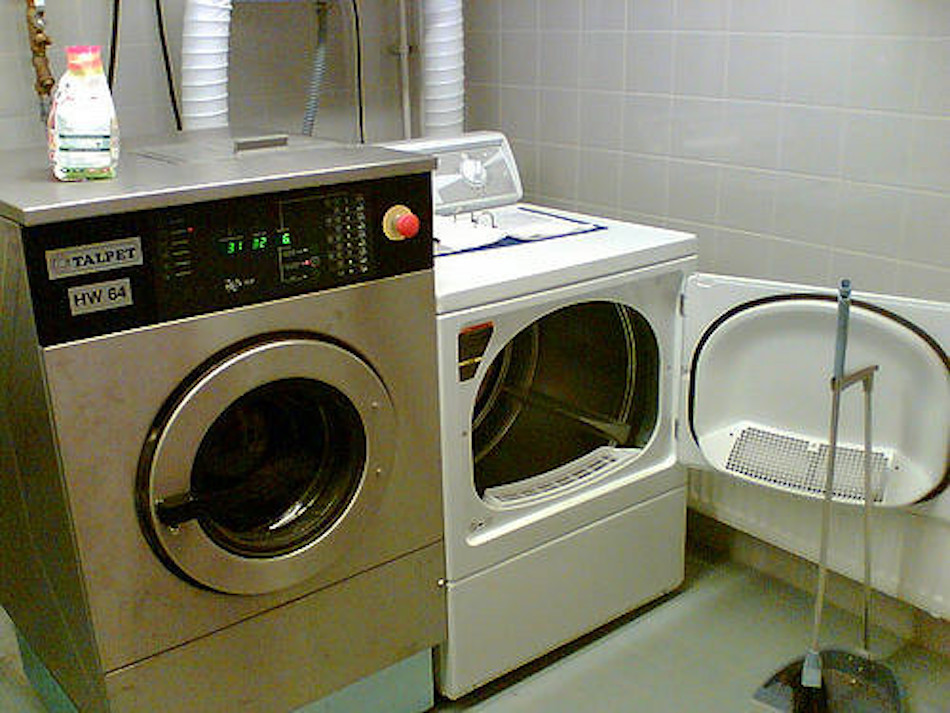
Perchloroethylene, also known as perc (which is much easier to pronounce), is a colorless liquid that falls under the volatile-compound umbrella, but is very specific to degreasing metals and dry cleaning products, according to Tox Town. This chemical has been linked to kidney, liver, and central nervous system damage.
The easiest way to be exposed to perc in your own home is through too much contact with fabric finishers, spot removers, shoe polish, and wood cleaners. As long as you reduce the amount of exposure time to these products, or even replace them with all-natural versions, you should be a-OK.
7. Acid On Nonstick Pans
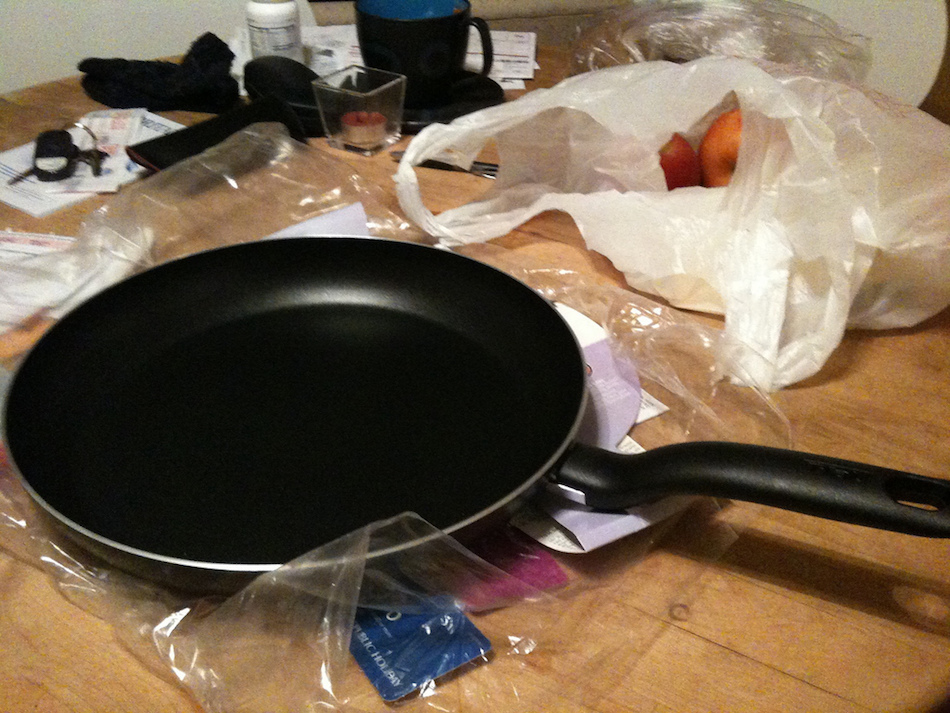
Beware to those who love to cook and bake: the chemical perfluoroalkyl acid is often found on nonstick pans, baking sheets, and stain-resistant products at large. The acid has been linked to cases of ADHD, high cholesterol, and thyroid disease.
But food lovers shouldn't worry too much — there are ways around this. When you go for your next pan purchase, be sure to choose safer cookware made with glass, stainless steel, or cast iron, according to Rodale.
8. Ammonia In Cleaning Products
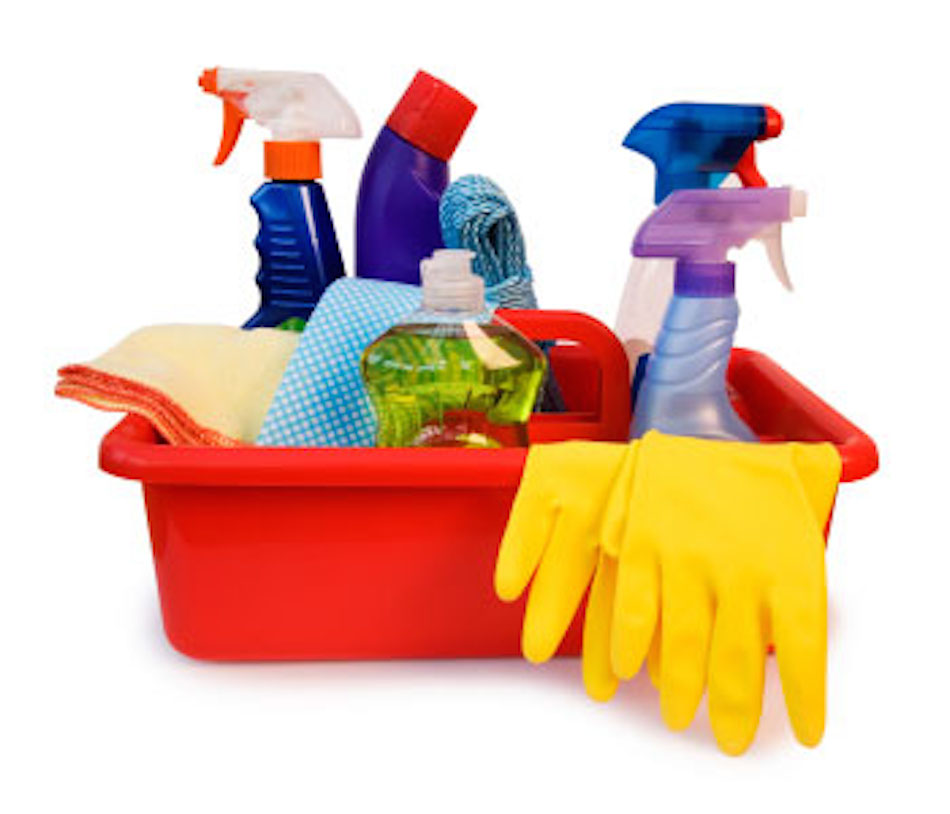
This may be a gas as well, but it's definitely not odorless — you know when ammonia has accidentally been leaked in the room, according to wiseGEEK. Many heavy-duty products are used to clean grime or fertilize plants, and can cause your skin to burn and damage your respiratory system permanently.
The good news is that you can detect when this chemical is in the room, so it gives you a warning versus many of the other chemicals listed above. Make sure to discard any materials or products that caused the leakage.
9. Herbicides In Food
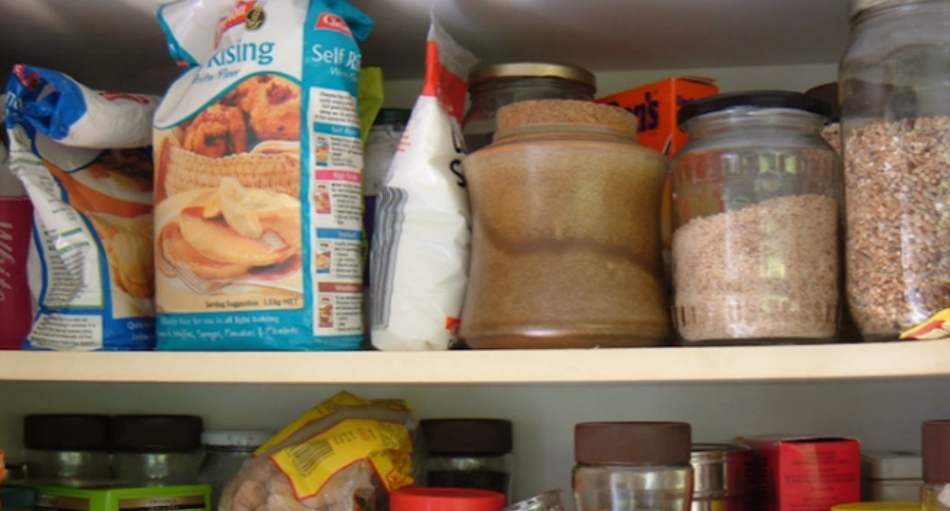
As many of you already know, herbicides are fairly common when it comes to genetically modified food. This is sprayed in order to preserve the artificial goods, but consuming this chemical can have harmful side effects, from minor issues such as rashes and nausea, to major issues like seizures or even an increased risk of getting cancer, according to Livestrong.com.
You can always buy all-natural, organic foods, or at least stay aware of what your foods contain.
10. Lead In Water
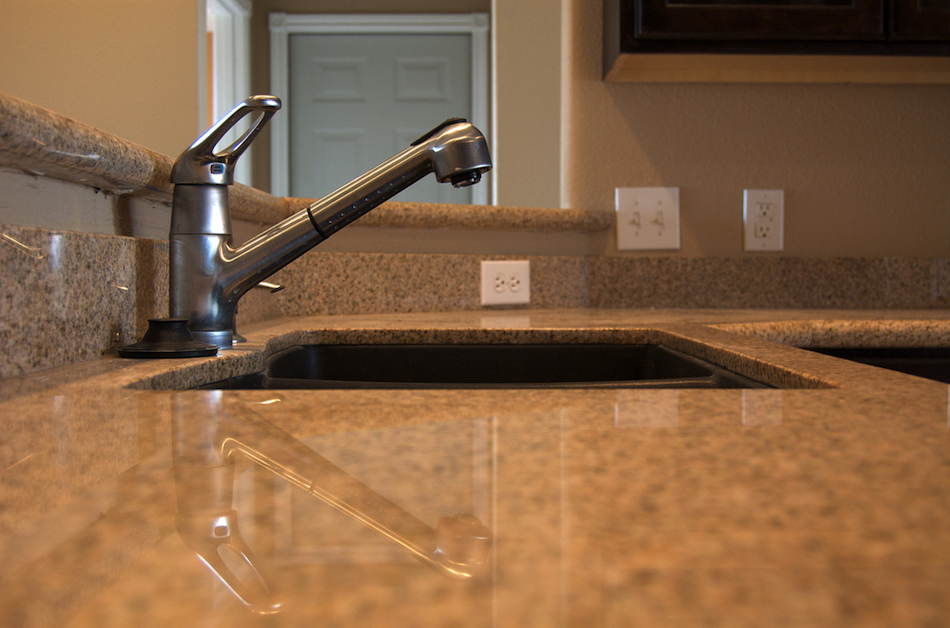
This hazard can be found in drinking water, due to old pipes, new brass, and chrome faucet filters, according to Prevention. Not only can lead commonly interfere with hormone stress levels, it can also lead to bigger issues, like gastrointestinal problems and kidney disease.
In order to prevent this from happening, make sure to buy the proper filters for your water system, and also avoid using other products that commonly have lead, such as paint.
Did we leave out any important chemicals you know have existed in your home before? Let us know in the comments, and be sure to SHARE this information with your family and friends on Facebook!




